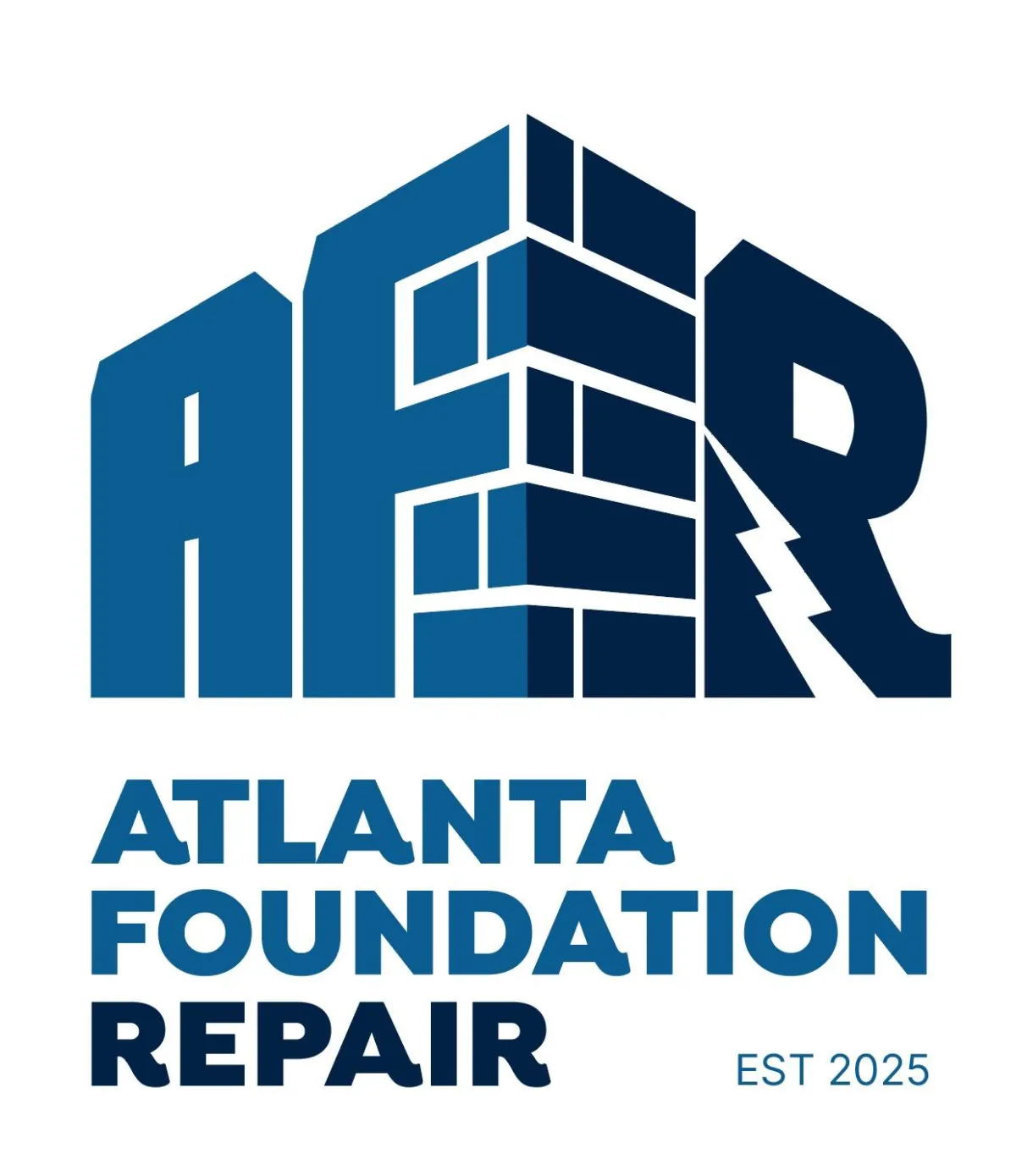Atlanta, GA
Helical Tiebacks in Atlanta, GA
When Tiebacks Are Chosen Instead of Interior Bracing
Tiebacks are used when a wall isn’t just curved—it’s actually being pushed inward enough that you need to pull it back toward the soil on the opposite side. Interior bracing alone may keep it from getting worse, but tiebacks are chosen when the goal is to re-engage the wall with the surrounding soil in a way that restores geometry and capacity, not merely to keep a damaged shape from collapsing.
Step-by-Step View of a Typical Helical Tieback Install
For a homeowner, the process can be broken down into clear, understandable stages:
1. Layout and drill-through – Installers mark positions and drill angled holes through the wall from the basement side.
2. Anchor installation – Helical anchors are driven through those holes into soil until torque shows they’re locked into firm strata.
3. Interior plate and rod connection – Steel plates and nuts are mounted inside to connect the rod to the wall.
4. Tensioning the system – The anchors are tightened, applying measured force that pulls the wall outward.
5. Finishing details – Holes and plates can be left exposed or later concealed within finished walls.
Soil and Site Conditions That Make Tiebacks Work Well
Tiebacks are not universal; they shine in certain conditions:
There is access to enough stable soil beyond the active pressure zone.
The exterior side of the wall is not easily excavated due to tight lot lines, patios, or neighboring structures.
Soil conditions support reliable torque and holding capacity for the helices.
The wall has not lost so much material that it can’t safely be pulled back.
Our Services
Helpful Links
Contact Information
Phone:
Business Hours:
Mon - Fri: 8:00 am - 5:00 pm
Sat - Sun : Closed
service areas
© 2025 All Rights Reserved | Atlanta Foundation Repair
